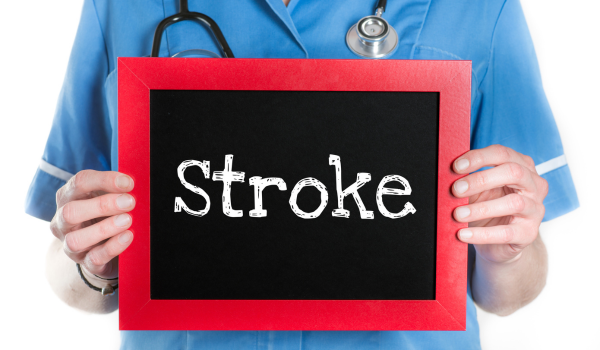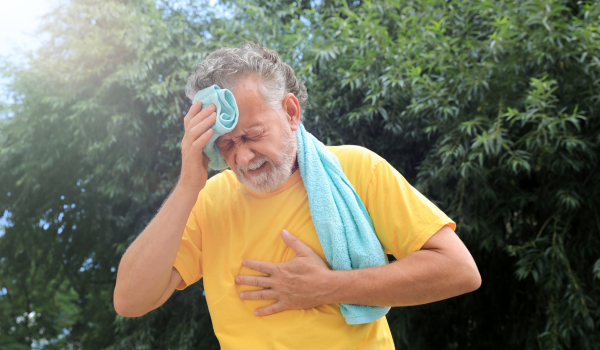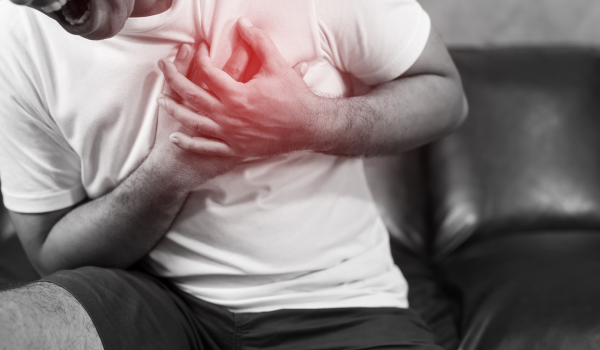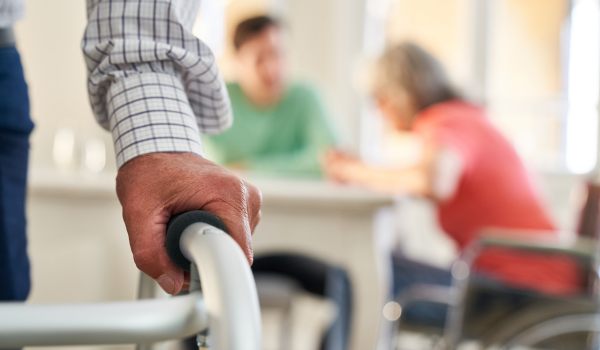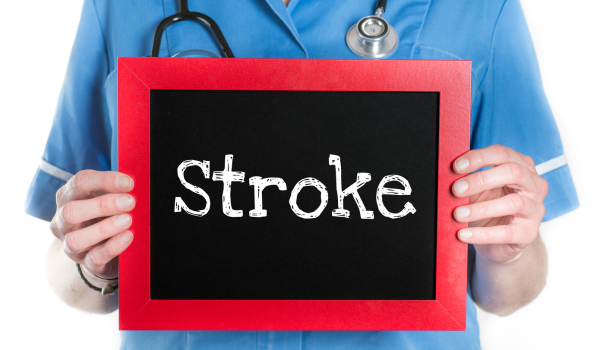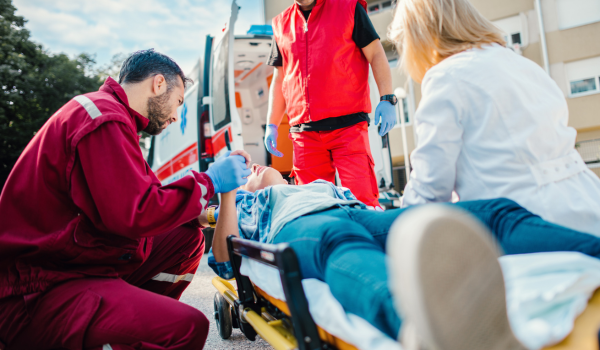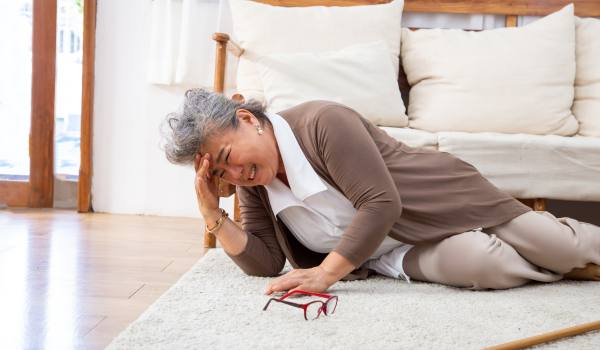.png)
After a stroke, many individuals experience a loss of mobility and balance, which can significantly affect their ability to perform daily activities and maintain independence. However, with proper rehabilitation, support, and the use of mobility aids, it is possible to regain movement and improve balance. This article provides valuable tips for stroke survivors to enhance mobility, prevent falls, and use mobility aids effectively in their recovery journey.
1. Understanding the Impact of Stroke on Mobility
Strokes can affect different parts of the brain, leading to various mobility challenges. Depending on the location and severity of the stroke, individuals may experience partial or complete loss of movement on one side of the body (hemiplegia), difficulty with coordination, and impaired balance. The impact on mobility may include:
-
Weakness or Paralysis: The most common mobility issue after a stroke is weakness or paralysis on one side of the body (hemiparesis). This makes walking, balancing, and performing other movements more difficult.
-
Loss of Coordination: Stroke survivors may experience ataxia, a condition characterized by poor coordination and unsteady movements, which can affect walking, reaching, and grasping.
-
Balance Problems: After a stroke, individuals often struggle with balance and stability, which increases the risk of falls. These issues can affect their ability to stand, walk, or move from one place to another.
Rehabilitation is essential for addressing these issues and regaining mobility and balance. In the next sections, we’ll explore the best strategies and exercises to help improve movement after a stroke.
2. Physical Therapy: Key to Restoring Mobility
Physical therapy (PT) is one of the most important treatments for improving mobility and balance after a stroke. A physical therapist (PT) will work with stroke survivors to create a personalized rehabilitation program aimed at restoring strength, coordination, and independence. Key aspects of PT include:
-
Strengthening Exercises: These exercises focus on rebuilding muscle strength, particularly in the legs, arms, and core. Strengthening key muscle groups is essential for supporting movement and stability.
-
Functional Training: PT involves practicing everyday movements like standing, sitting, walking, and climbing stairs. This helps individuals regain confidence and independence in performing routine tasks.
-
Balance Training: Physical therapists use balance exercises to improve stability and prevent falls. These exercises may involve standing on one foot, walking in a straight line, or using balance boards to challenge stability.
-
Range of Motion (ROM) Exercises: ROM exercises help increase flexibility and joint mobility, which are important for improving movement and preventing stiffness after a stroke.
With regular PT, stroke survivors can gradually regain mobility, improve posture, and reduce the risk of falls.
3. Occupational Therapy: Regaining Independence in Daily Activities
While physical therapy focuses on mobility and strength, occupational therapy (OT) helps individuals regain independence in daily activities. OT aims to improve fine motor skills, hand-eye coordination, and functional tasks such as dressing, grooming, and feeding. Key aspects of OT include:
-
Task-Specific Training: OT helps stroke survivors practice tasks they may have difficulty with, such as using a toothbrush, buttoning a shirt, or holding utensils. The goal is to help individuals perform these tasks independently.
-
Adaptive Techniques: OT professionals may teach adaptive strategies or recommend assistive devices to make everyday activities easier. For example, using adaptive tools such as grab bars, dressing aids, or eating utensils with larger handles can make daily tasks more manageable.
-
Fine Motor Exercises: These exercises help improve dexterity and coordination, which are essential for activities like writing, typing, or handling small objects.
By working with an occupational therapist, stroke survivors can regain confidence in performing essential daily tasks, which greatly contributes to their overall quality of life.
4. Using Mobility Aids Effectively
For stroke survivors experiencing difficulty walking or balancing, mobility aids can provide essential support and reduce the risk of falls. Here’s how to use mobility aids effectively:
-
Canes: Canes provide extra stability and support when walking. It's essential to use a cane correctly to avoid strain on the body and improve posture. The cane should be held on the side opposite the weak leg to provide additional support.
-
Walkers: A walker offers more stability than a cane and is useful for individuals with severe weakness or balance issues. Walkers come in different styles, including those with wheels or without, and can be adjusted for height to ensure comfort.
-
Wheelchairs: For individuals who cannot walk or have difficulty walking, wheelchairs provide mobility and independence. It’s important to ensure the wheelchair is properly fitted and used to avoid further injury.
-
Braces and Splints: In some cases, stroke survivors may benefit from braces or splints to support weakened limbs and help with movement. These devices can reduce the risk of falls and assist with walking.
-
Prosthetics: For those who have experienced significant limb weakness or paralysis, prosthetics may be an option to help with mobility. Working with a prosthetist can ensure a comfortable fit and proper usage.
It’s important to work with a rehabilitation professional to choose the most suitable mobility aid and receive proper training on how to use it safely.
5. Fall Prevention Strategies: Enhancing Safety at Home
Stroke survivors are at a higher risk of falling, which can lead to further injury and setbacks in recovery. Preventing falls at home is a critical aspect of rehabilitation. Here are several strategies for improving safety and reducing the risk of falls:
-
Remove Hazards: Ensure the home environment is free from obstacles such as loose rugs, electrical cords, or clutter that could cause tripping. Keep floors clean and clear to allow for easier movement.
-
Install Grab Bars and Railings: In areas like the bathroom, stairs, and hallways, install grab bars and railings to provide extra support when standing, sitting, or walking.
-
Use Non-Slip Mats: Non-slip mats in the bathroom, kitchen, and other high-risk areas can prevent slipping, especially when the floors are wet.
-
Improve Lighting: Ensure that all areas of the home are well-lit, particularly stairs, hallways, and bathrooms. Adequate lighting can help prevent falls by allowing stroke survivors to see potential hazards.
-
Wear Proper Footwear: Wearing shoes with non-slip soles and good support can prevent falls. Avoid walking barefoot or in slippers that do not provide adequate traction.
By implementing these fall prevention strategies, stroke survivors can significantly reduce the risk of accidents and maintain a safer living environment.
6. Nutritional Support for Mobility and Recovery
Nutrition plays a significant role in stroke recovery, including enhancing mobility and supporting the body’s healing process. Proper nutrition can help with muscle strength, joint health, and overall energy levels. Here are some important nutrients to focus on:
-
Protein: Protein is essential for muscle recovery and rebuilding strength. Include lean proteins like chicken, fish, beans, and tofu in your diet.
-
Omega-3 Fatty Acids: Omega-3s, found in fatty fish, flaxseeds, and walnuts, help reduce inflammation and support joint and muscle health.
-
Calcium and Vitamin D: These nutrients are crucial for maintaining strong bones, which are vital for mobility. Dairy products, leafy greens, and fortified foods are good sources.
-
Antioxidants: Foods rich in antioxidants, such as berries, spinach, and broccoli, can help reduce oxidative stress and inflammation, supporting overall recovery.
A well-balanced diet that includes these nutrients can help improve strength, flexibility, and overall mobility after a stroke.
.png)
.png)
.png)
.png)
.png)
.png)
.png)
.png)
.png)
.png)
.png)
.png)
.png)
.png)
